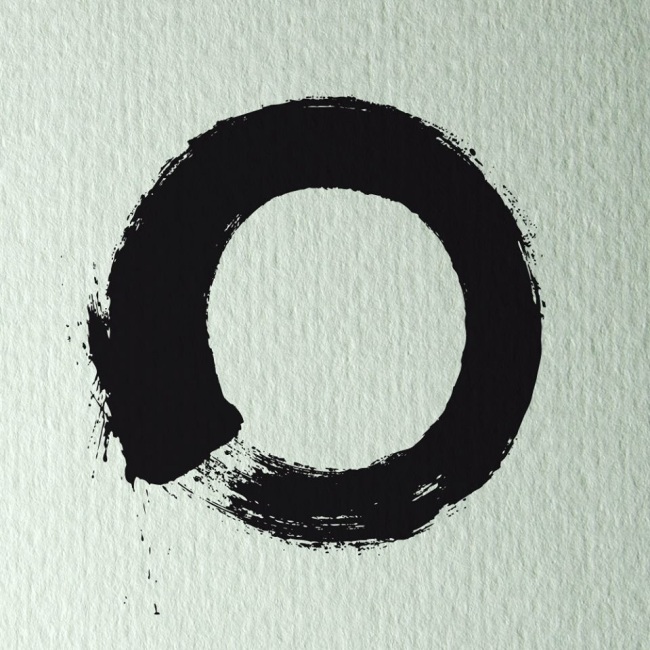
I have always had a deep love and respect for poetry: TS Eliot’s ‘Macavity – The Mystery Cat’ http://tiny.cc/9it0ex thrilled me as a child and later Shakespeare’s sonnets http://www.shakespeare-online.com/sonnets/17.html and plays ‘Othello’, ‘Hamlet’, ‘Macbeth’, ‘The Tempest’, ‘Richard III’, ‘A Midsummer Nights Dream’, ‘The Merchant of Venice’, ‘The Taming of The Shrew’ and ‘The Twelfth Night’ introduced me to history, fantasy, reality, love, loss, passage of time, beauty, mortality, politics written in such a way that real emotions were wrought from the words on the page. Studying Shakespeare also gave me an insight into the phenomenal craft of a poem written to book length aka a ‘play’. Six years later, TS Eliot’s ‘The Wasteland’ blew my academically mushrooming and hormone ravaged mind. I clearly remember the day that my English Literature A-Level teacher, Mr Birch, said loftily (whilst rubbing his profuse beard) that ‘prose was an open hand and poetry was a closed fist’ – from this moment the inspiration ran high to punch well above my literary weight with such a fist and the resonance rang deeper than an Atlantean bell. I have always preferred writing poetry (although up to now it’s been mainly personal stuff that nobody sees or reads) to prose: it presents much more of a challenge to me.
Now if poetry is a closed fist then my preferred, and the very succinct, Japanese Haiku form is an iron fist welded fast inside a titanium lined velvet glove.
Wikipedia states:
Haiku
This article is about the Japanese poetic form. For haiku poetry written in English, see Haiku in English. For other uses, see Haiku (disambiguation).
Haiku (俳句 haikai verse?)About this sound listen (help·info) (no separate plural form) is a very short form of Japanese poetry typically characterised by three qualities:
The essence of haiku is “cutting” (kiru).[1] This is often represented by the juxtaposition of two images or ideas and a kireji(“cutting word”) between them,[2] a kind of verbal punctuation mark which signals the moment of separation and colors the manner in which the juxtaposed elements are related.
Traditional haiku consist of 17 on (also known as morae), in three phrases of 5, 7 and 5 on respectively.[3]
A kigo (seasonal reference), usually drawn from a saijiki, an extensive but defined list of such words.
Modern Japanese haiku (現代俳句 gendai-haiku?) are increasingly unlikely to follow the tradition of 17 on or to take nature as their subject, but the use of juxtaposition continues to be honored in both traditional and modern haiku.[4] There is a common, although relatively recent, perception that the images juxtaposed must be directly observed everyday objects or occurrences.[5]
In Japanese, haiku are traditionally printed in a single vertical line while haiku in English often appear in three lines to parallel the three phrases of Japanese haiku.[6]
Previously called hokku, haiku was given its current name by the Japanese writer Masaoka Shiki at the end of the 19th century.
http://en.wikipedia.org/wiki/Haiku
They say you should do one thing every day that scares you. I am now going to publish some of my poetry.
The beginning…



